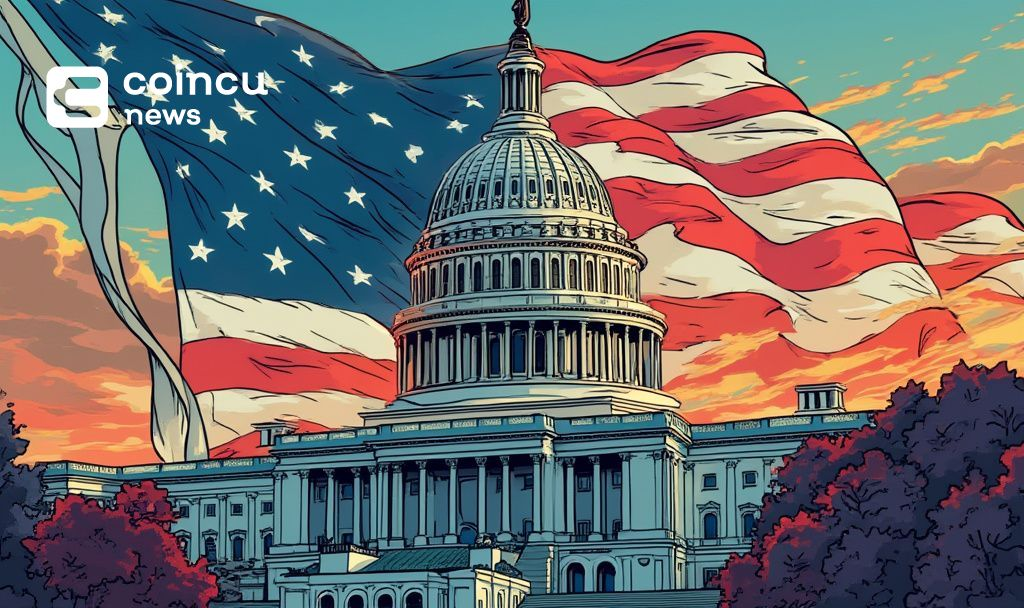Key Developments in US Stablecoin Legislation
On April 1, 2025, Brian Steele, Chair of the House Committee on Digital Assets, announced that the US House and Senate have made significant progress in reconciling their stablecoin regulation bills. The differences between the House’s STABLE Act and the Senate’s GENIUS Act have narrowed from initial “core disputes” to just 20%, with remaining differences mostly in technical provisions rather than in fundamental regulatory principles. This progress marks the first time that bipartisan consensus has been reached at the federal level on a stablecoin regulatory framework, clearing obstacles for final passage of legislation.
Since the beginning of 2025, both chambers have introduced their own bills: the House-led STABLE Act emphasizes reserve transparency and anti-money laundering requirements, while the Senate’s GENIUS Act focuses on the division of regulatory authority between federal and state levels and international interoperability. After several revisions and technical guidance from the SEC and CFTC, the two chambers have gradually unified the reserve auditing standards, custodial rules, and cross-border circulation requirements for stablecoin issuers.

Core Provisions and Remaining Points of Disagreement
Although most provisions have been agreed upon, some differences remain.
- For example, the GENIUS Act requires that foreign stablecoin issuers be evaluated through bilateral agreements with the US Treasury.
- whereas the STABLE Act permits circulation under “regulatory equivalence” conditions without a clearly defined reciprocity mechanism.
- Additionally, there is disagreement over state regulatory authority: the Senate advocates for mandatory federal oversight for issuers with market caps exceeding $10 billion, while the House allows state-level agencies to regulate independently provided they meet federal standards.
The SEC and CFTC have played a crucial role in the coordination process, helping to standardize terminology (e.g., “payment stablecoin” versus “algorithmic stablecoin”) and compliance frameworks. For example, both bills explicitly ban interest-bearing stablecoins to curb speculative risks and require issuers to disclose the composition of reserve assets on a monthly basis, ensuring transparency. Investors can track related developments in real time through compliant platforms like JuCoin.
Impact on the Cryptocurrency Market
The legislative progress has already triggered market ripple effects. Following the announcement, the USDT/USD pair briefly dipped to $0.998, and trading volumes surged by 15%, reflecting investor concerns over tighter regulation. In the long term, the passage of these bills could accelerate industry consolidation: increased compliance costs may force smaller issuers to exit the market, while large institutions (such as Circle and PayPal) and regulated banks are likely to dominate.
The balance between innovation and regulation is also noteworthy. For instance, while the ban on interest-bearing stablecoins might inhibit growth for some DeFi protocols, it also paves the way for safer, more transparent stablecoin applications. Moreover, both chambers have directed federal agencies to work with NIST to establish technical standards that promote cross-chain interoperability, potentially creating new opportunities for cross-chain trading platforms.
Future Challenges and Regulatory Outlook
Despite the positive progress, the legislation still faces several challenges. Some Democratic lawmakers, such as Mark Waters, oppose provisions that do not restrict politically connected entities from issuing stablecoins, which could affect the final vote. Additionally, issues related to state regulatory authority and the practical implementation of real-time reserve audits need further refinement.
From an international perspective, the US bills may become a global template for stablecoin regulation, competing and cooperating with the EU’s Markets in Crypto-Assets (MiCA) framework. If the two chambers can merge their texts before the August recess of 2025, the global dominance of dollar-pegged stablecoins will be further consolidated, while opening new pathways for the integration of traditional finance with DeFi.
Investors and industry practitioners should closely monitor the House’s revised deliberations in April and the details of the subsequent merged text. Whether addressing short-term volatility or long-term regulatory transformation, proactively adapting to regulatory changes will be key to seizing market opportunities.



